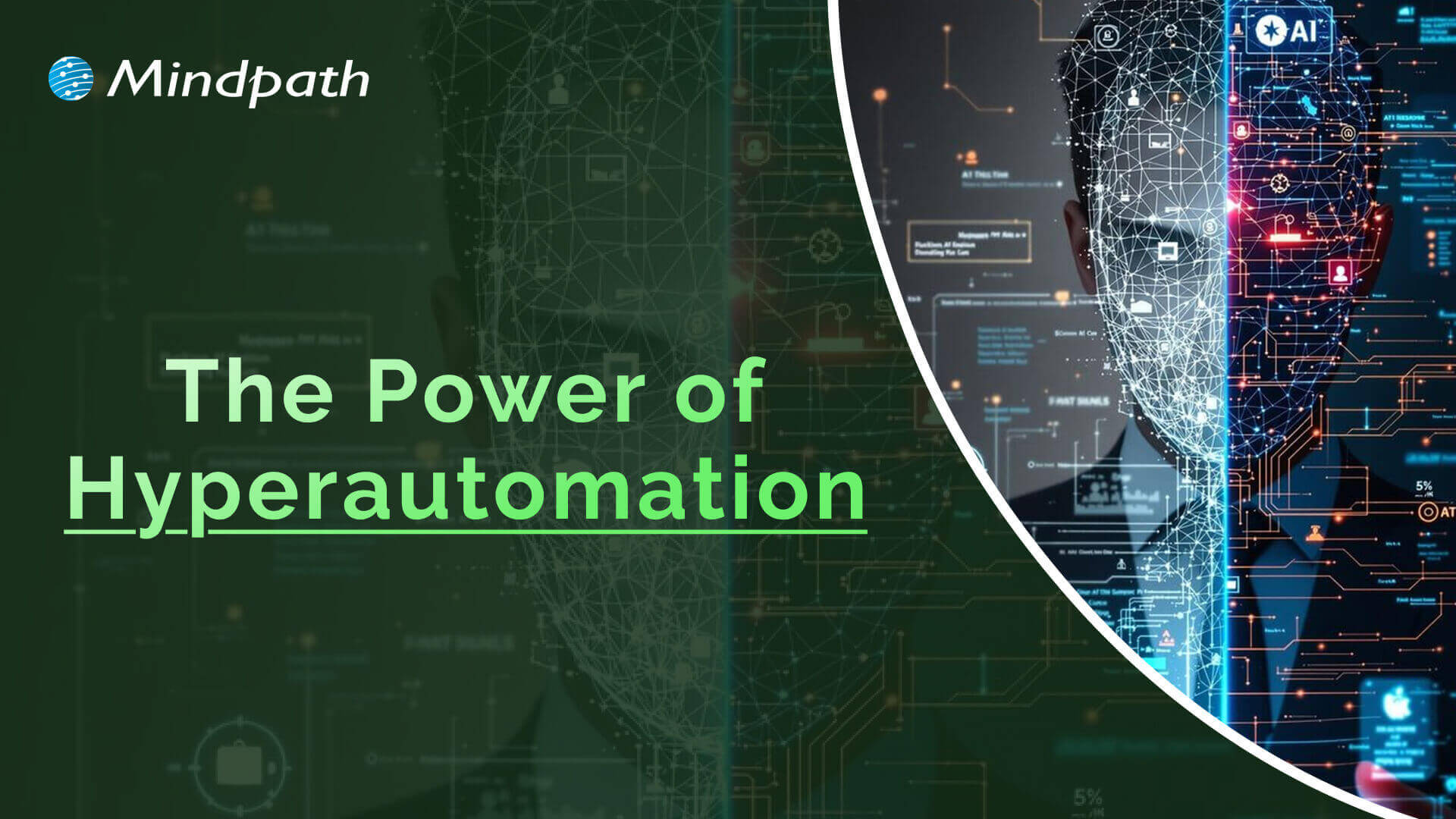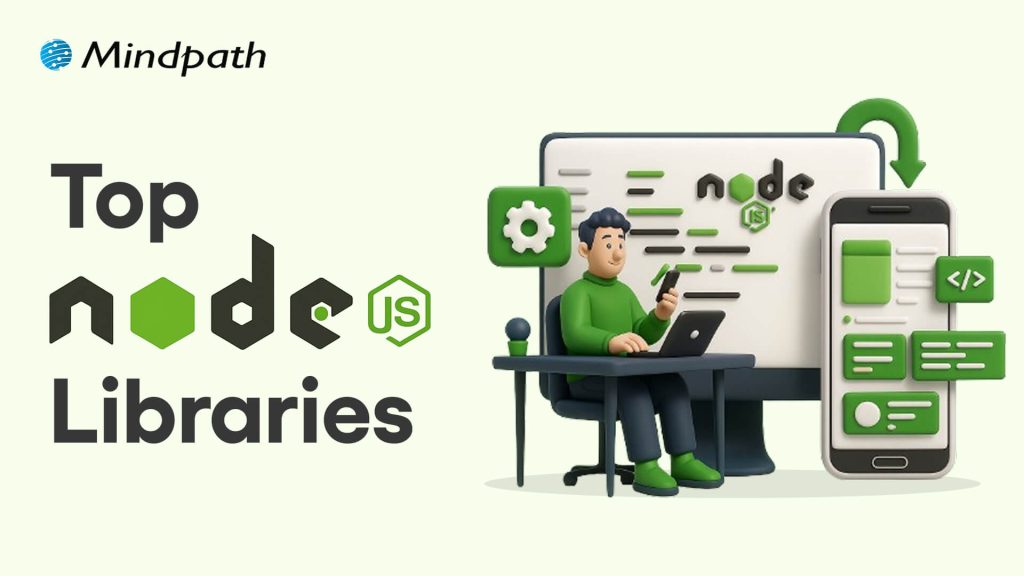Best Practices of Cybersecurity in the Era of Remote Work
1. Use Safe Communication Tools
Keeping communication secure is one of the most essential cybersecurity measures for remote workers. Begin by utilizing technologies to safeguard your messages and data, such as emails with encryption that scrambles information so that only the intended recipient can view it. A Virtual Private Network (VPN) is also useful since it masks your internet connection, making it more difficult for hackers to monitor your online activity. Adding two-step logins, also known as two-factor authentication, adds an extra degree of security by requiring a password and a unique code to access your accounts. You should also be cautious about whatever applications or platforms you utilize at work. Choose ones that are reputable and provide robust security measures. Avoid exchanging sensitive information on unprotected networks or apps that do not have encryption. By using safe ways to communicate, you can protect important information and make sure it stays in the right hands.
2. Check Security Often
3. Teach Employees About Safety
Training your staff on how to be safe online is an essential step towards safeguarding your remote work environment. Teach them how to identify and prevent phishing scams, which attempt to fool people into giving personal information. Show them how to safeguard their own devices, such as using strong passwords and enabling two-factor authentication for more safety. It’s also crucial to educate staff to use strong, unique passwords and change them on a frequent basis. The more everyone understands online hazards and how to avoid them, the safer your business and data will be. Security training enables employees to make better online decisions and prevent mistakes that could lead to security concerns.
4. Control Who Can Access Data
Enforcing access controls entails restricting who can view or use certain information depending on their job duties. For example, not everyone in the firm needs access to sensitive data, thus it is essential to ensure that only authorized personnel can view or handle it. By implementing these safeguards, you can reduce the likelihood of unauthorized access or data breaches. This is particularly essential while working remotely. Employees work from many places, thus ensuring that only those who genuinely need access to certain data have access to it provides an added degree of security. This helps to avoid data breaches and protects your organization from cyber-attacks. So, as remote work becomes more common, it’s crucial for organizations to have clear access rules and strong cybersecurity policies to protect sensitive information from potential risks.
5. Create Strong Security Rules
A well-thought-out cybersecurity policy is crucial for guaranteeing safe remote work. This policy should explicitly outline the procedures workers must take to secure corporate information, whether they are working from home or another location. It should address issues such as strong passwords, safe online behaviors, and how to handle sensitive data. Furthermore, the policy should provide instructions for using corporate equipment and software properly, such as the need for frequent software upgrades, secure communication tools, and encrypted connections. Employees should also be instructed on how to handle possible security issues, such as phishing emails or strange URLs. Having a complete policy in place reduces confusion, assures consistency across teams, and gives a clear reaction strategy in the event of a security incident. By establishing these rules, organizations can reduce the risk of cyberattacks and ensure that workers understand their responsibility in keeping a safe and secure workplace.
How Can Mindpath Help?
Wrapping Note!
As remote work continues to grow, keeping your digital workspace secure has never been more important. By following simple yet effective cybersecurity practices like using secure communication tools, checking security often, training employees, controlling access to sensitive data, and creating strong security rules, you can protect your business from online threats. At Mindpath, we’re here to help you safeguard your organization by providing expert cybersecurity solutions that fit your needs. With our support, you can ensure your remote work environment is safe, so you can focus on what really matters—growing your business.
Ready to secure your remote work environment?
Partner with Mindpath today for expert cybersecurity solutions tailored to your business needs and stay protected!














